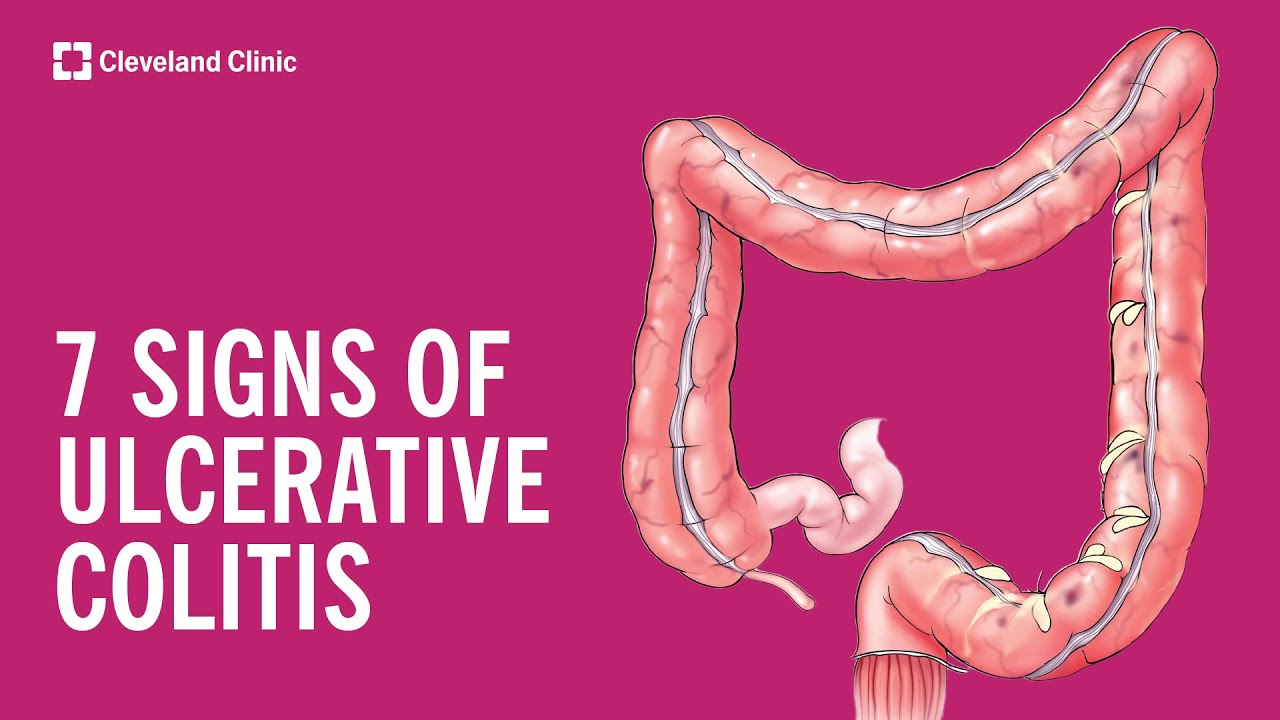The Gastroenterology Channel
April 27, 2012 • Gastroenterology, Oncology, Reuters Health • The Doctor's Channel Newscast, Surgery
NEW YORK (Reuters Health) – A systematic review and meta-analysis provides “reasonable” support for the current practice of giving adjuvant therapy to patients with resected biliary tract cancer with high-risk features, researchers conclude.
“We found from our review that adjuvant therapy, mainly chemotherapy, appears to offer a survival advantage to those patients with biliary cancer with the highest risk of recurrence after surgery,” Dr. Jennifer J. Knox, medical oncologist at Princess Margaret Hospital in Toronto, Ontario, Canada, who worked on the analysis, told Reuters Health.
“These are the ones with positive lymph nodes or cases where the resection margins are not clear of cancer cells. However, our review did not suggest a clear benefit to adjuvant therapy over surgery alone in the lower recurrence risk patients (earlier stage),” she added.
Still, there is a “striking lack” of prospective randomized studies on adjuvant therapy in this setting and such studies are “needed to provide better rationale for this commonly used strategy,” the study team notes in a report online April 23 in the Journal of Clinical Oncology.
Tumors of the biliary tract (gallbladder and bile ducts) are rare – about 9,760 new cases diagnosed each year in the United States – and aggressive. They typically have a poor prognosis, with 5-year survival rates ranging from 5% to 15%. Surgical resection offers the only potentially curative option, yet fewer than 35% of biliary tract tumors are resectable at presentation, and even after seemingly satisfactory resection, relapse rates are high.
Adjuvant therapy (postoperative radiation, chemotherapy or both) may improve outcomes, but the literature consists mainly of uncontrolled institutional series and registry analyses. Based on these data, an adjuvant approach is “favored and used in up to 70% of centers worldwide,” the authors note.
“Our review attempts to combine multiple small studies that do not answer the question properly on their own but can contribute to the statistical power of a combined meta-analysis on the topic,” Dr. Knox said.
The researchers searched for studies published between 1960 and November 2010 that evaluated adjuvant chemotherapy, radiotherapy or both compared with curative-intent surgery alone for resected biliary tract cancer.
They identified and included in their analyses 20 studies involving 6,712 patients. The 20 studies included one randomized trial of chemotherapy alone, two registry analyses (Surveillance Epidemiology and End Results database), and 17 institutional series. Patients were treated with both chemotherapy and radiation in eight studies, chemotherapy alone in three studies and radiation alone in nine studies.
In the overall population, the pooled data showed that any adjuvant therapy was associated with a nonsignificant improvement in overall survival, compared with surgery alone (odds ratio 0.74; p=0.06). There was no difference between gallbladder and bile duct tumors (p=0.68). The association became significant when the two registry analyses (the studies with the largest weight) were excluded (OR 0.53; p<0.001).
In a sensitivity analysis, patients who received chemotherapy or chemotherapy plus radiation derived statistically greater benefit than their peers who received only radiation (OR 0.39, 0.61, and 0.98, respectively; p=0.02). The greatest benefit for adjuvant therapy was in those with lymph node positive disease (OR 0.49; p=0.004) or microscopic positive margins (R1 disease) after resection (OR 0.36; p=0.002).
“Our results suggest adjuvant chemotherapy, radiotherapy or chemoradiotherapy for both high-risk gallbladder and bile duct cancers is warranted or should be considered in prospective studies,” the authors say. This mirrors in part the results of the only phase III randomized trial performed to date, which was published in the journal Cancer in 2002.
Guidelines from the National Comprehensive Cancer Network suggest adjuvant concurrent fluorouracil-based chemoradiotherapy in patients with positive margins, carcinoma in situ at the margins, or positive lymph nodes after resection for cholangiocarcinoma.
“These recommendations are somewhat expert-opinion driven,” the researchers note. “Our data now lend stronger support to these practices and recommendations, having analyzed nearly 2,000 patients receiving adjuvant therapy,” they write.
Still, Dr. Knox told Reuters Health a proper clinical trial comparing different adjuvant approaches is needed in higher risk biliary cancer patients “and the outcome would define a new optimal treatment approach.”
“This will take considerable collaboration from multiple institutions across several countries. The data from this current paper should help promote the planning of and support the completion of such an important clinical trial,” Dr. Knox added.
Based on their analysis, the researchers say those studies should involve two active comparators rather than a no-treatment arm among patients with lymph node-positive or R1 disease. In patients with low-risk disease (node-negative and R0 resections), a prospective randomized study with a nontreatment arm still seems justified, they say.
The authors have disclosed no relevant financial disclosures.
SOURCE:
Adjuvant Therapy in the Treatment of Biliary Tract Cancer: A Systematic Review and Meta-Analysis
J Clin Oncol 2012







